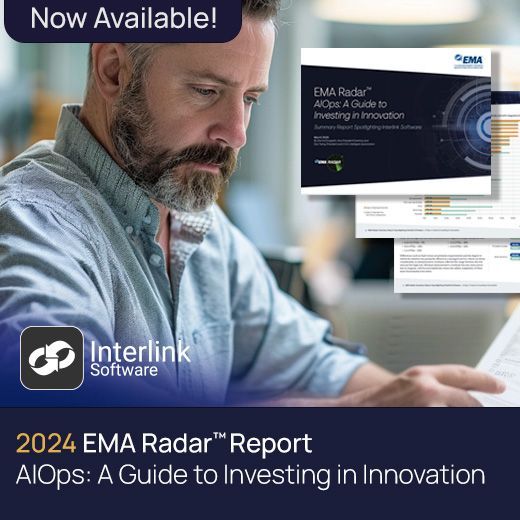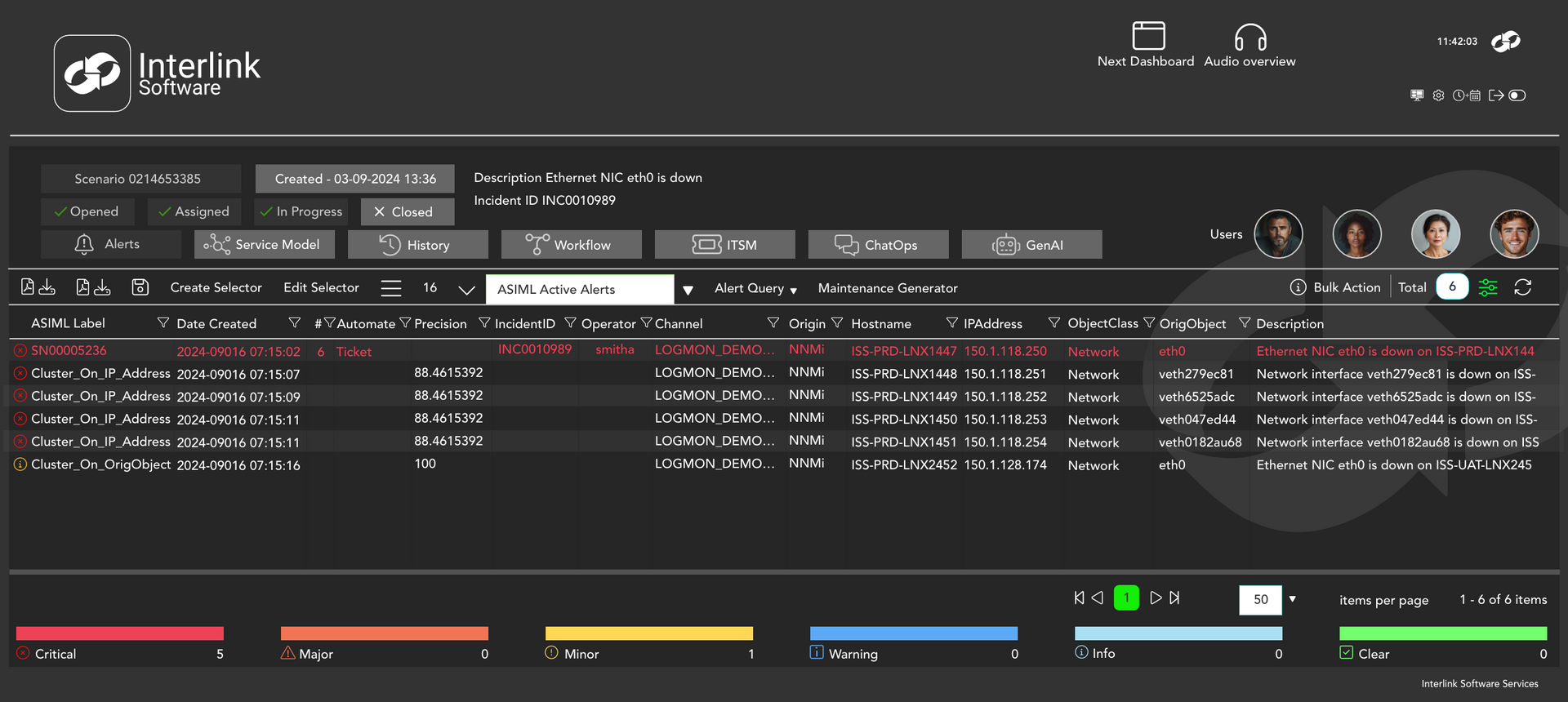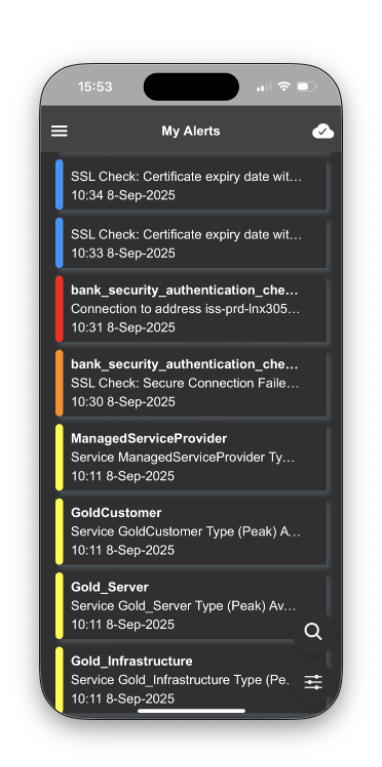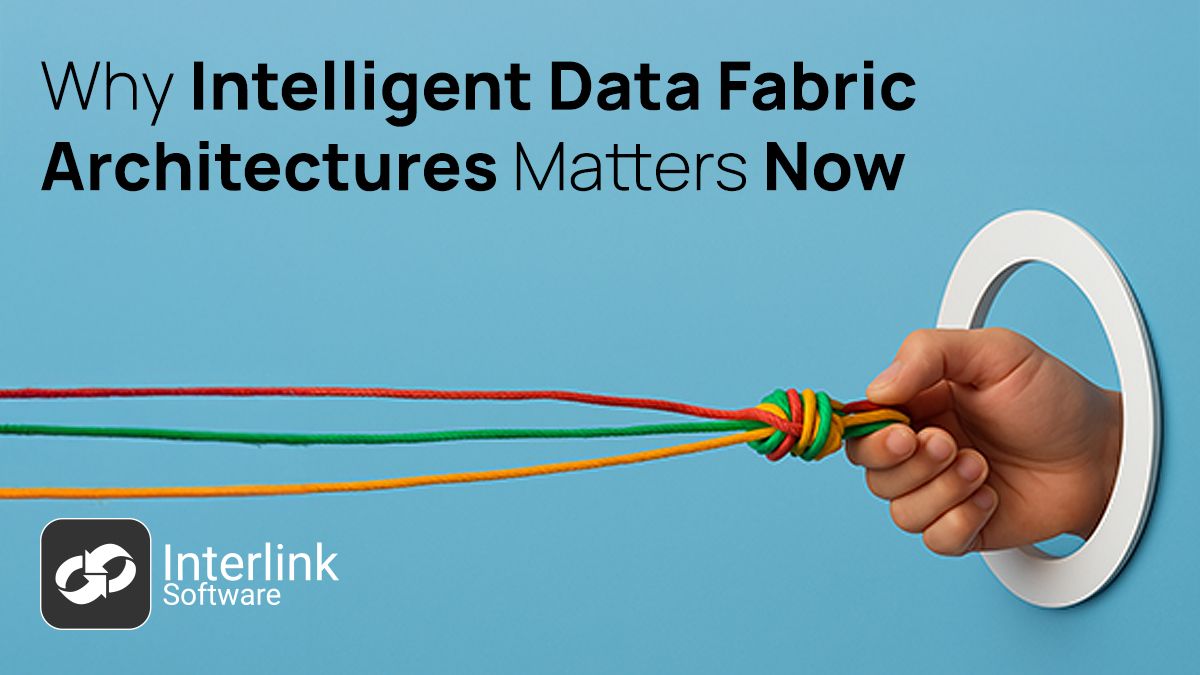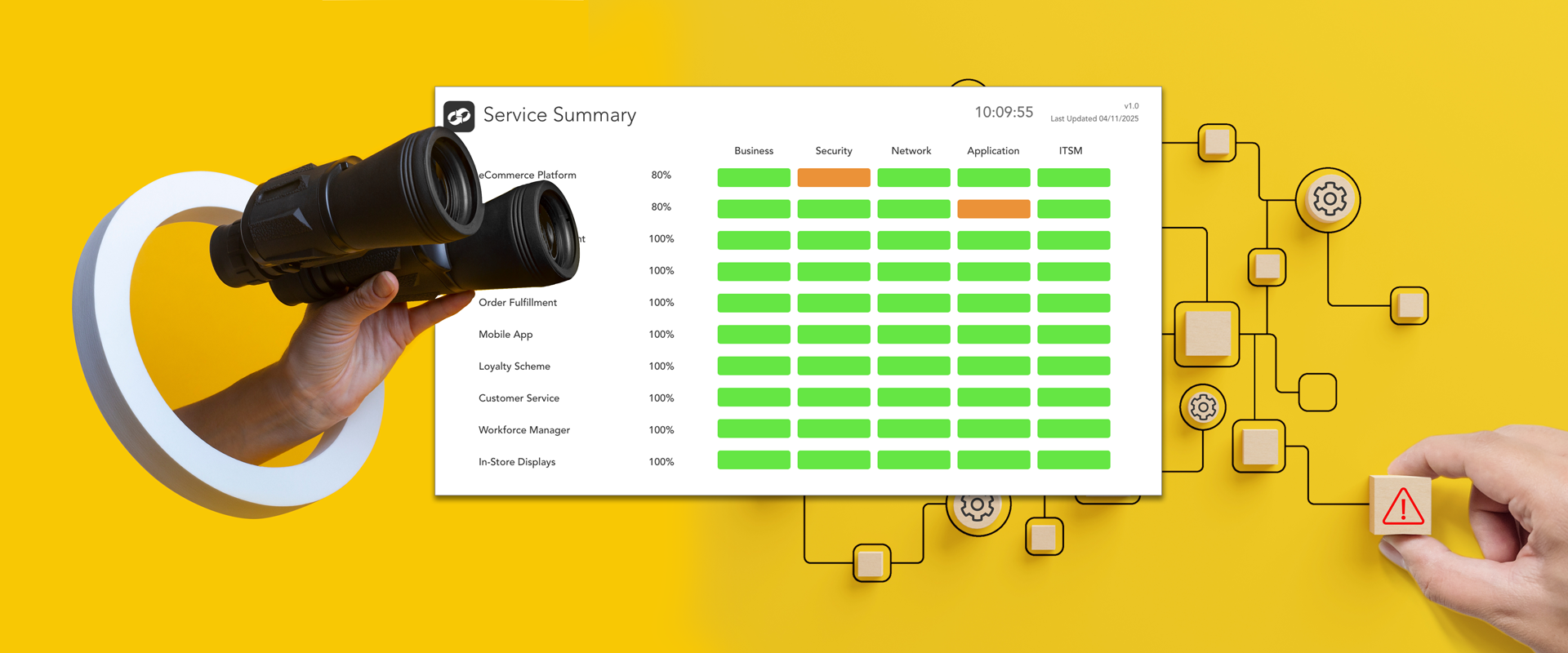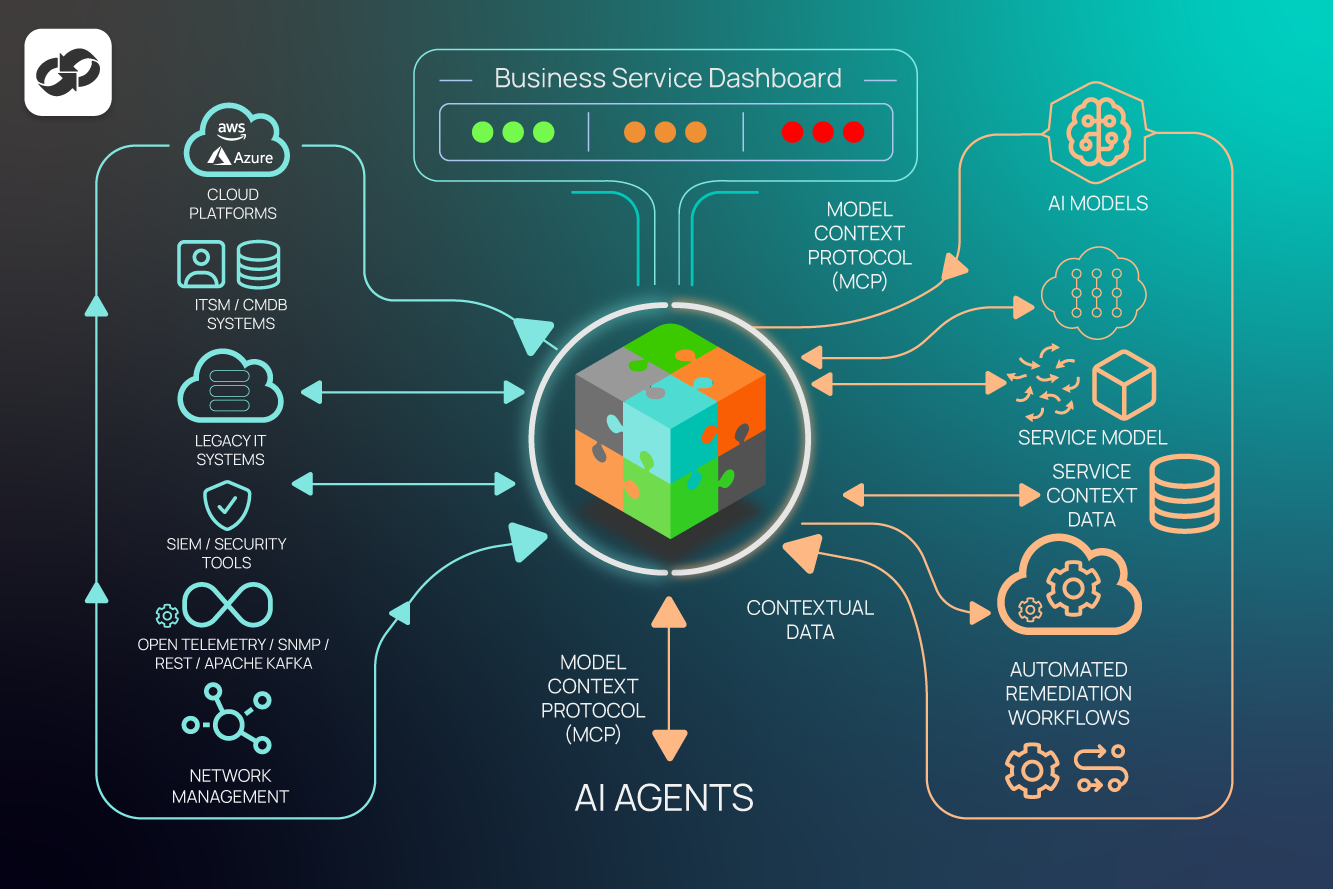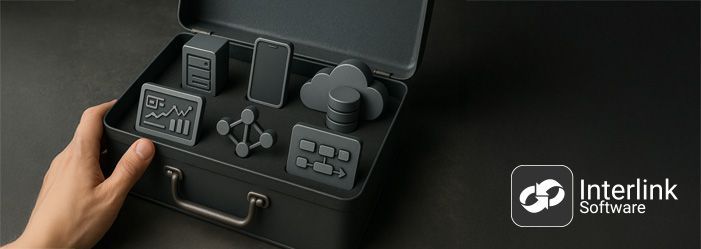Part One ‘The 5 Essential Capabilities of Event Intelligence Platforms’
With it a touch of hype, the term Event Intelligence has gained traction in recent months as large enterprises seek smarter ways to manage events, reduce noise – driven by that never ending quest to improve uptime.
Event Intelligence Platforms represent the next generation of tools that analyze and correlate IT event data to surface meaningful insights and drive faster responses to situations where the availability of mission critical services might be under threat.
Evolving from traditional monitoring and event management tooling, they integrate AI, observability and automation to tackle the complexity of modern, hybrid environments.
But not all platforms are equal, making rigourous scrutiny essential. But with a multitude of vendors and solutions available, what capabilities truly separate a merely functional platform from a transformative one?
Here are the five essential capabilities every enterprise should expect from a modern Event Intelligence Platform:
1.
Cross-Domain Ingestion - at Scale
Modern IT environments are complex, with IT assets, workloads and traffic spread across cloud, on-prem, SaaS, containerised and legacy infrastructure. To provide a cohesive view of service health and enable analysis across the different layers, a modern EIP must be capable of ingesting data from a wide range of sources, domains and toolsets. This includes log streams, performance metrics, alerts, network telemetry, configuration changes and even application and user behaviour data. Ingestion must be real-time, high-volume and technology-agnostic - it shouldn’t matter if the data is being generated by Kubernetes clusters, Linux machines, container logs, mainframe or even 3rd party SaaS applications, the platform needs to be able to normalize it into a common operational model for further analysis.
2.
Correlation and Enrichment
Raw data is rarely directly actionable or useful for driving decisions - instead context, causality and additional context are needed. Correlation engines within an EIP should be able to automatically cluster related events, alerts and anomalies together into a singular, actionable incident. This immediately improves signal-to-noise, helping incident responders understand the scope, impact and relatedness of issues at-a-glance. Enrichment can take this further by enriching the event with additional context, such as CMDB or configuration data, service topologies and dependencies, business impact metadata, or even information about the user. Correlation and enrichment together should enable IT teams to answer not just "what happened" but also "what does it mean" and "who is affected?".
3.
Pattern Recognition and Anomaly Detection
One of the challenges of event data is the sheer volume. In modern systems, millions of signals can be generated per day - how to see the wood for the trees? Pattern recognition (identifying commonly occurring series of events and/or anomalies) is an important first step - and the ability to do it in real-time is a big plus. Leading platforms should be using a combination of machine learning and statistical modelling to learn what "normal" looks like and then detect deviations from this behaviour in real-time. This can include spotting the early signs of degradation, performance anomalies, or abnormal access patterns. Pattern recognition helps surface those more subtle, but still critical issues that static thresholding or rule-based alerts often miss - before they evolve into more serious incidents.
4.
Predictive Insights
A step beyond just understanding "what's happening" or "what has happened", the best Event Intelligence Platforms also forecast what might happen. Predictive analytics platforms ingest historical event data, seasonality and service health trends to model and predict outages, capacity constraints, configuration drifts and other issues before they occur. These future-looking insights enable both on-demand intervention as well as better alignment to business SLAs and required RTOs. For enterprises operating in more highly regulated, or critical environments, predictive capabilities are no longer nice to have - they're essential for operational resilience.
5.
Automation and Response Orchestration
Speed is of the essence during incident response and Event Intelligence Platforms should be able to help automate common event workflows. This can include enrichment, ticket creation, remediation, escalation and other tasks. Automation can be completely autonomous (following pre-defined policies) or involve human-in-the-loop approvals based on risk appetite. The best platforms have tight integrations with existing ITSM tools, collaboration platforms, CI/CD pipelines, and incident runbooks to ensure that event response is an orchestrated, repeatable and consistent process - rather than manual, on-the-fly firefighting.
Conclusion
Picking an Event Intelligence Platform which doesn’t provide these core capabilities means you’ll just be adding to your complexity, not removing it.
Solutions should be evaluated not just on individual features but the way in which they integrate into the broader IT and business landscape. Every enterprise has unique requirements and considerations, but these five capabilities should be a baseline for any serious investment.
Trusted by many of the largest enterprises in the world, Interlink Software has long demonstrated innovation and leadership in this space by embedding these five principles into its AI-powered observability platform.
Put us to the test with your challenges, get in touch for a
live demo:
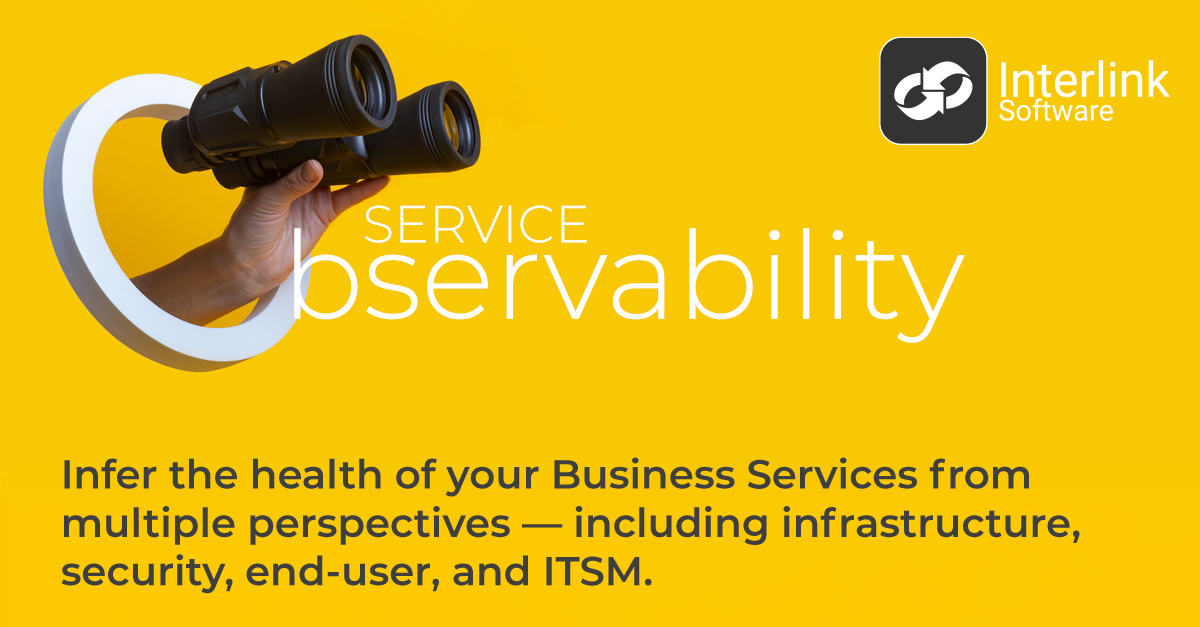
From Monitoring to Meaning: Why Service Observability Platforms Are Essential for Modern Enterprises
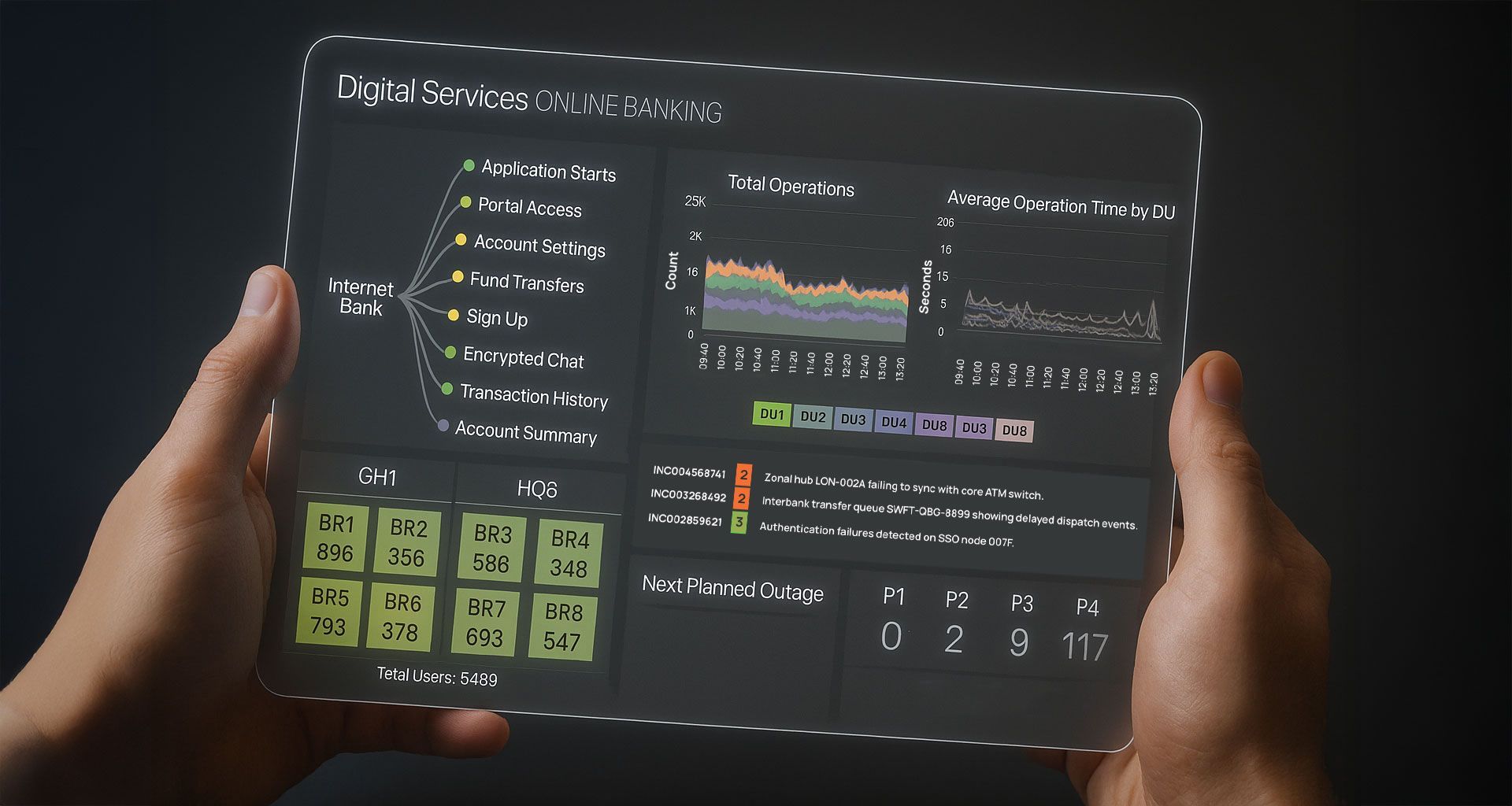
What is Single Pane of Glass Monitoring and How Can Enterprises Leverage It for Enhanced Visibility?

